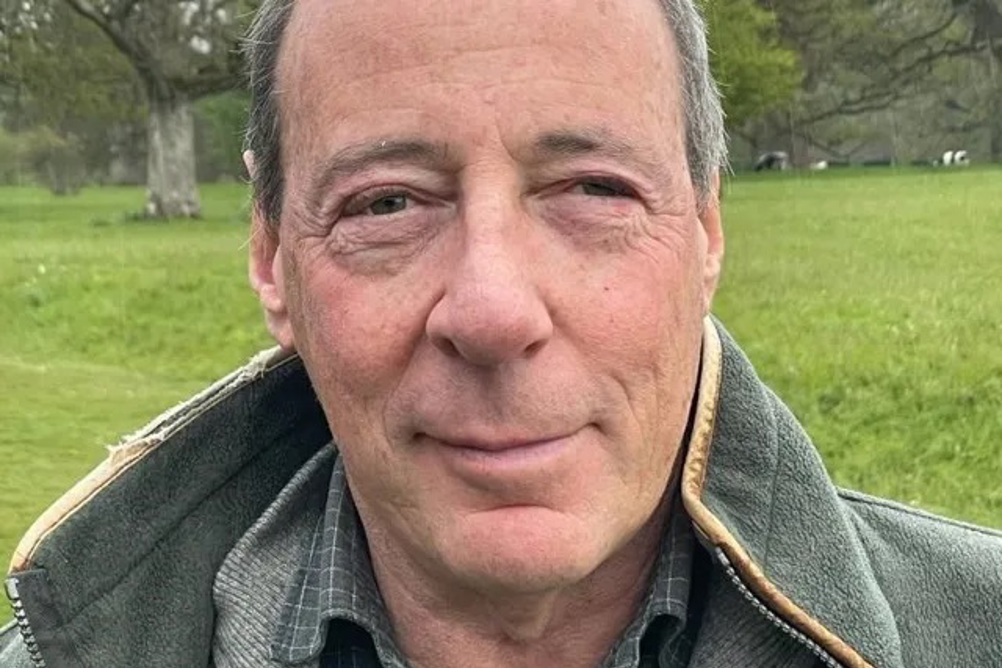
In a society where knowing our neighbours has become increasingly rare, we face a reality where community bonds are fragmenting while mental health challenges are on the rise – particularly among our children and young people. I have seen this first hand as chair of Anna Freud, a mental health charity for children and young people.
The late Chief Rabbi Lord Jonathan Sacks beautifully defined community as a place "where they know my name and miss me when I'm not there." This simple but profound definition highlights what many young people are seeking today. While meaningful face-to-face interactions have declined in recent years, the value of genuine connection remains as important as ever for healthy development and wellbeing.
Register Now to Continue Reading
Thank you for visiting Children & Young People Now and making use of our archive of more than 60,000 expert features, topics hubs, case studies and policy updates. Why not register today and enjoy the following great benefits:
What's Included
-
Free access to 4 subscriber-only articles per month
-
Email newsletter providing advice and guidance across the sector
Already have an account? Sign in here

